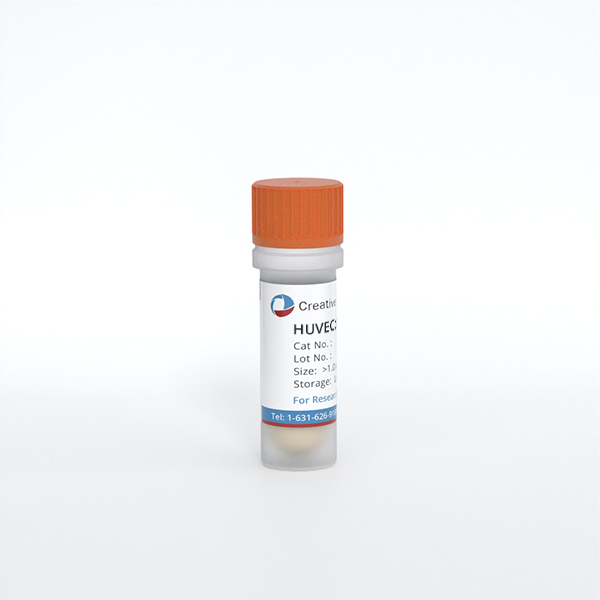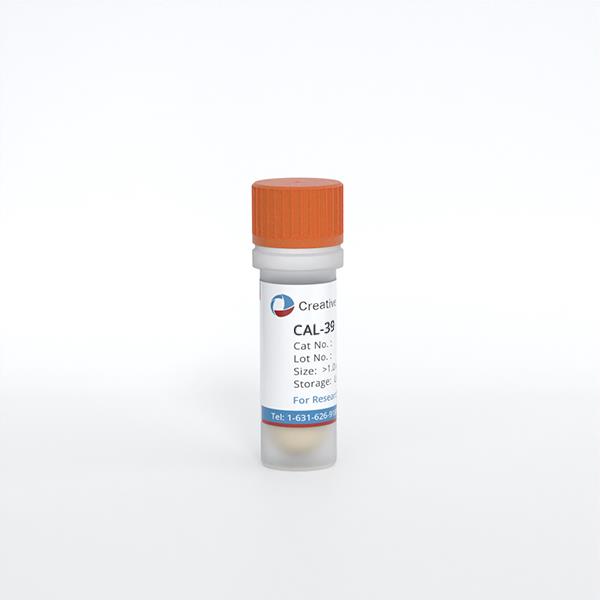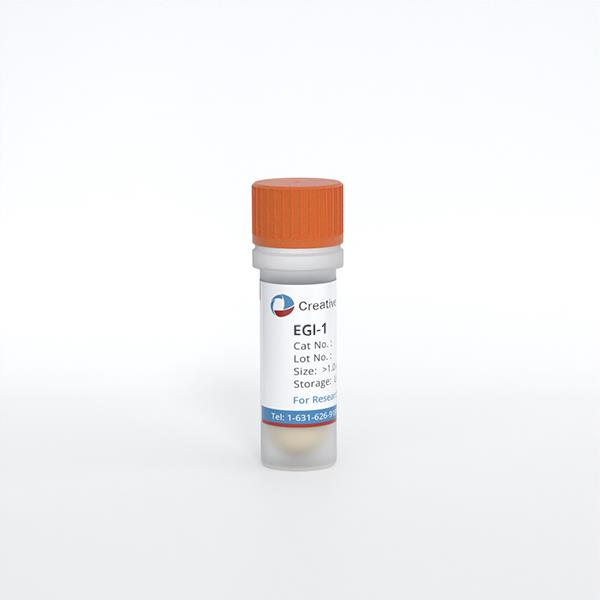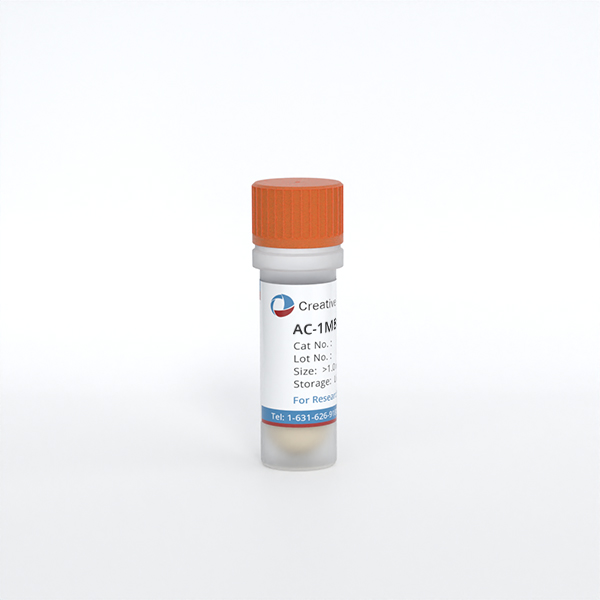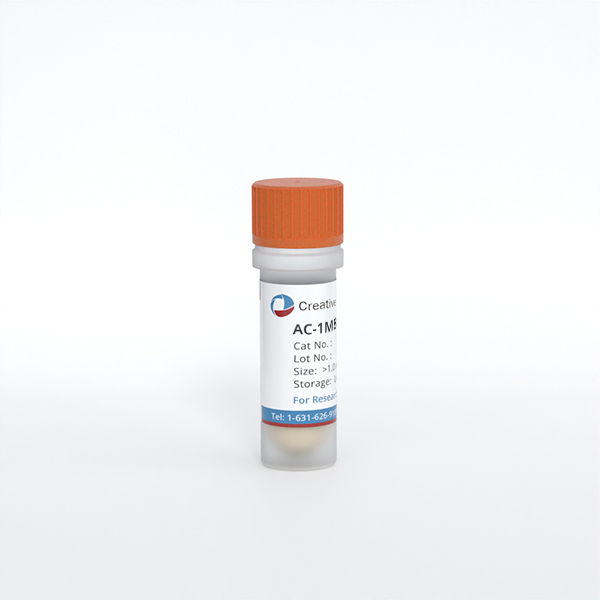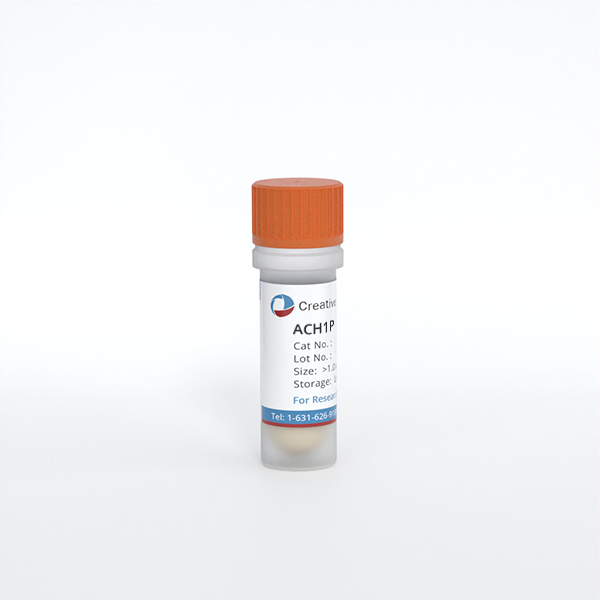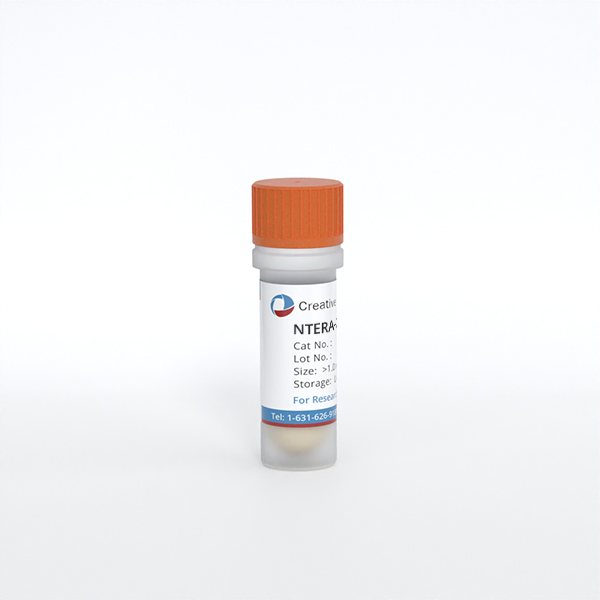Description
Human Umbilical Vein Endothelial Cells from Creative Bioarray are isolated from human umbilical vein tissue. Human Umbilical Vein Endothelial Cells are grown in T25 tissue culture flasks pre-coated with gelatin-based solution for 2 min and incubated in Creative Bioarray’ Culture Complete Growth Medium generally for 3-7 days. Cultures are then expanded. Prior to shipping, cells at passage 3 are detached from flasks and immediately cryopreserved in vails. Each vial contains at least 0.5×10^6 cells per ml. The method we use to isolate endothelial cells was developed based on a combination of established and our proprietary methods. These cells are pre-coated with PECAM-1 antibody, following the application of magnetic beads pre-coated with secondary antibody.
Cell Type
Endothelial Cells
Quality Control
Human Umbilical Vein Endothelial Cells from Creative Bioarray display typical cobblestone with large dark nuclei appearance under light microscopy. Cells are tested for expression of endothelial cell marker using antibody, CD31 (Catalog No. 550389, BD; CD31/PECAM-1 PE-conjugated Antibody, Catalog No. FAB3567P, R&D) or VE-Cadherin (FITC-VE-cadherin Catalog No. 560411, BD) by immunofluorescence staining or FACS. All cells test negative for mycoplasma, bacteria, yeast, and fungi. HIV-1, hepatitis B and hepatitis C are not detected for all donors and/or cell lots. Per request, a Certificate of Analysis will be provided for each cell lot purchased. Cells can be expanded for 3-5 passages under the cell culture conditions specified by Creative Bioarray. Repeated freezing and thawing of cells is not recommended.
Storage and Shipping
Creative Bioarray ships frozen cells on dry ice. On receipt, immediately transfer frozen cells to liquid nitrogen (-180 °C) until ready for experimental use. Live cell shipment is also available on request. Never can cells be kept at -20 °C.
Citation Guidance
If you use this products in your scientific publication, it should be cited in the publication as: Creative Bioarray cat no.
If your paper has been published, please click here to submit the PubMed ID of your paper to get a coupon.
Could you please tell me the passage number?
What methods are used to authenticate and validate cell lines in quality control?
Cell lines are authenticated using DNA profiling techniques such as short tandem repeat (STR) analysis and tested for mycoplasma contamination to ensure their identity and purity.

